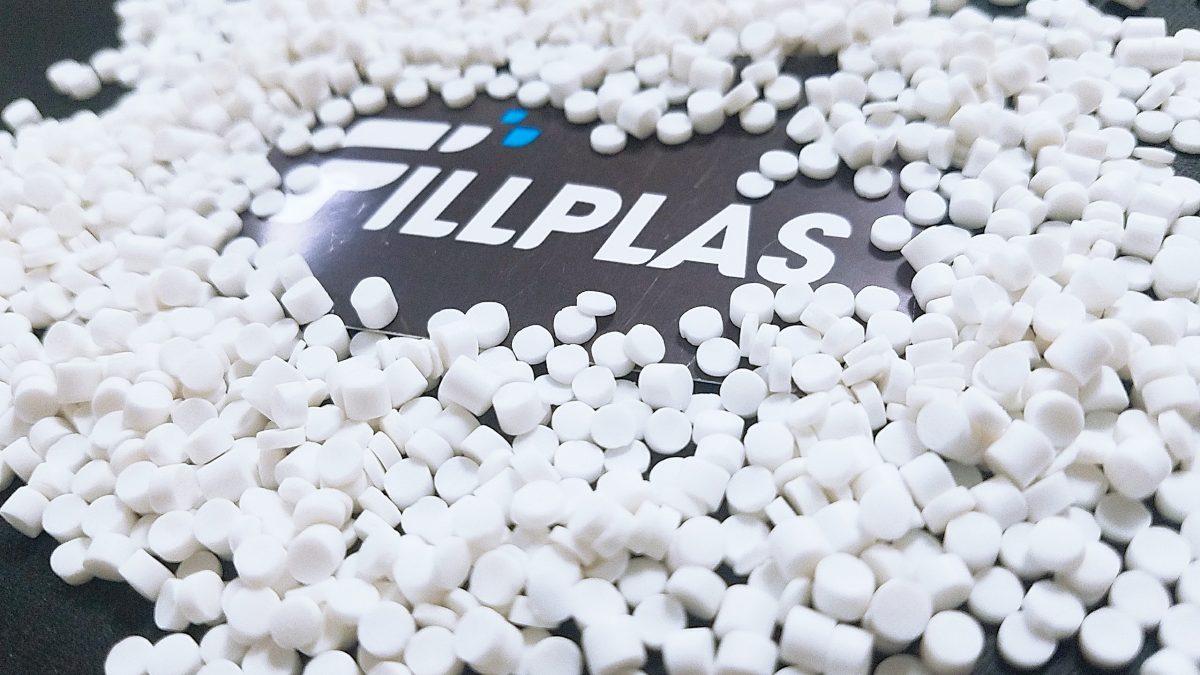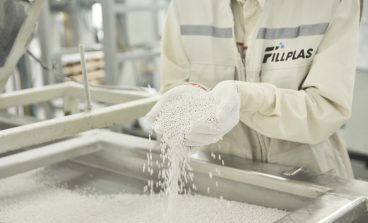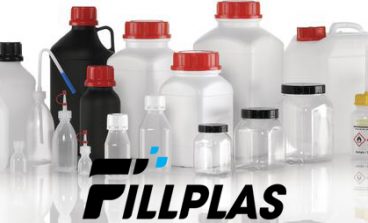
Bioplastic is more and more important in modern life since its advantages for the environment. And bio filler masterbatch is one kind of material for the plastic industry. To get more details, we will see some aspects of this product.
Definition of bio filler masterbatch
Bio filler masterbatch is a material of calcium carbonate (CaCO3) and bio-resin as the carrier. It has compatibility with: PLA, PBS, PBAT, TPS.
Composition of bio filler masterbatch
- CaCO3 powder: This is material exploring from marble mine. It has purity, whiteness, and brightness.
- PLA: Polylactic acid or polylactide (PLA) is a thermoplastic aliphatic polyester derived from renewable resources like corn starch or sugar cane. Most plastics, by contrast, are derived from the distillation and polymerization of nonrenewable petroleum reserves. They call plastics deriving from biomass (e.g. PLA) are “bioplastics.”
Polylactic acid is biodegradable and has characteristics similar to polypropylene (PP), polyethylene (PE), or polystyrene (PS). They can produce it from already existing manufacturing equipment (those designed and originally used for petrochemical industry plastics). This makes it relatively cost-efficient to produce. Accordingly, PLA has the second largest production volume of any bioplastic (the most common typically cited as thermoplastic starch). - PBS: Polybutylene succinate (PBS) is the biodegradable plastic that decomposes into water and carbon dioxide with the microorganism under the soil. PBS has a high heat resistance among the general biodegradability resin, and PBS has high compatibility with a fiber. Using this goodness, it’s possible to achieve the performance which can’t be shown by itself as the compound with other resin and material.
- PBAT (short for polybutylene adipate terephthalate) is a biodegradable random copolymer, specifically a copolyester of adipic acid, 1,4-butanediol and terephthalic acid (from dimethyl terephthalate). They generally market this as a fully biodegradable alternative to low-density polyethylene, having many similar properties including flexibility and resilience, allowing it to be used for many similar uses such as plastic bags and wraps.
- TPS: Thermoplastic styrene elastomers (TPS) are the most rubber-like of TPEs, having outstanding flexibility and elasticity. Thermoplastic elastomers (TPE), sometimes referred to as thermoplastic rubbers, are a class of copolymers or a physical mix of polymers (usually a plastic and a rubber) that consist of materials with both thermoplastic and elastomeric properties.
Applications, usage and shelf life of bio filler masterbatch
They use bio filler masterbatch for the blowing film to make biodegradable/compostable shopping bags, rolling film, food bags, and industrial bags.
The usage rate of this material might be from 5% to 20%.
The shelf life is 3-6 months in environmental conditions. The advantage of bio filler masterbatch is its ability to decompose itself. If treated with a specialized waste treatment method, plastic products with bio filler masterbatch they can decompose this material for several months, and if in the natural environment, they will decompose for several years.
100 % biodegradable material certified “OK compost” by VINCOTTE.
Fillplas also produces bio filler masterbatch and the other filler masterbatch. Please kindly visit our website to have more information.



